In this paper, the science behind the frequency-doubling quality of BBO crystal is discussed, and the application of the frequency-doubling quality of BBO crystal in laser technology is discussed. This paper explains the physics of nonlinear optical processes and the role of BBO crystals in frequency doubling. It also discusses the factors that affect the frequency-doubling quality of BBO crystals, such as crystal structure, temperature, and phase matching.
The different types of lasers using frequency doubling and the advantages of using BBO crystals are also outlined. It also discusses the challenges of using BBO crystals in high-power laser systems. Different nonlinear optical processes that can be achieved using BBO crystals, such as second harmonic generation, frequency mixing, and difference-frequency mixing, are outlined. It also discusses the advantages and limitations of using BBO crystals in nonlinear optics.
The Science Behind BBO Crystal Frequency Doubling Quality
BBO crystals exhibit exceptional nonlinear optical behavior, making them highly suitable for frequency doubling applications. The nonlinear optical processes that occur within BBO crystals are a result of the interaction between the crystal lattice and the incident electromagnetic radiation. In this chapter, we will delve deeper into the science behind BBO crystal frequency doubling quality, including the physics of nonlinear optical processes and the role of BBO crystals in frequency doubling.
Nonlinear Optical Processes
Nonlinear optics is the study of the interaction between light and matter in materials that exhibit nonlinear optical behavior. Unlike linear optical processes, such as absorption and reflection, nonlinear optical processes involve the interaction of two or more photons, resulting in the generation of new photons at different frequencies. The nonlinear optical behavior of materials arises from their susceptibility to the electric field of light, which induces polarization in the material and leads to the generation of new photons.
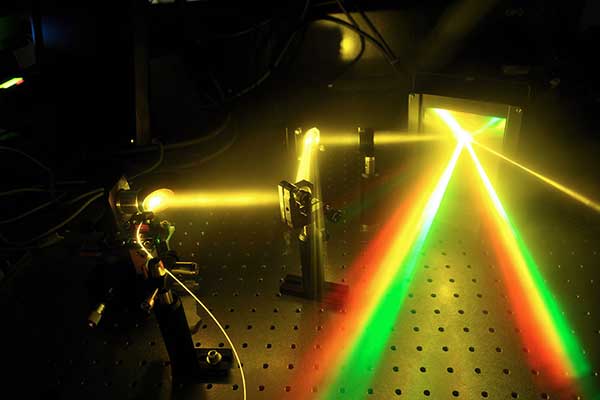
The most common nonlinear optical processes that occur within BBO crystals are second-harmonic generation (SHG), sum-frequency mixing (SFM), and difference-frequency mixing (DFM). SHG is the process of generating new photons with twice the frequency of the input beam, while SFM and DFM generate new photons with frequencies that are the sum or difference of the input beams, respectively. The efficiency of these nonlinear optical processes depends on several factors, including the material properties, the crystal structure, and the phase-matching conditions.
Crystal Structure and Symmetry
The nonlinear optical behavior of BBO crystals is strongly influenced by their crystal structure and symmetry. BBO crystals have a noncentrosymmetric crystal structure, meaning that their crystal lattice lacks an inversion center. This property gives rise to the second-order nonlinear susceptibility, which is responsible for the efficient generation of new photons in frequency doubling applications. The noncentrosymmetric crystal structure also leads to a number of other interesting optical properties, such as birefringence and second-harmonic generation.
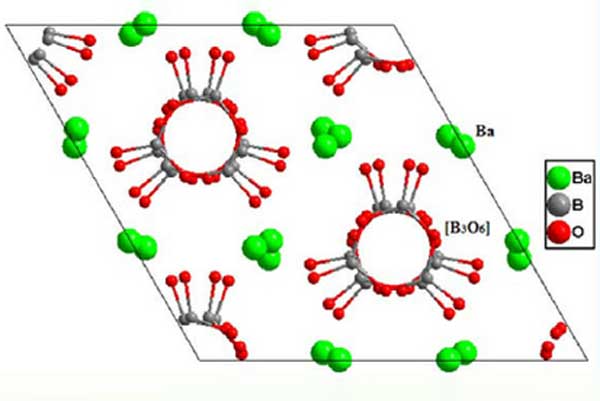
Phase Matching
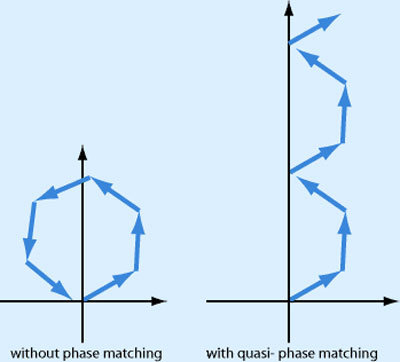
Phase matching is a crucial factor in determining the efficiency of BBO crystal frequency doubling. Phase matching is the condition where the phase velocity of the input beam and the generated beam match, allowing for constructive interference and maximum conversion efficiency. The phase-matching condition depends on several factors, including the crystal structure, the refractive index, and the wavelength of the input beam. There are several techniques for achieving phase matching in BBO crystals, including temperature tuning, angle tuning, and quasi-phase matching.
Temperature Effects
Temperature also plays a significant role in the nonlinear optical behavior of BBO crystals. Changes in temperature can affect the crystal structure and alter the phase-matching conditions, leading to changes in the efficiency of frequency doubling. Temperature tuning is a common technique for achieving phase matching in BBO crystals, but it requires careful control of the temperature to maintain the phase-matching condition over a wide range of input wavelengths.
Conclusion
In conclusion, this chapter provides a deeper understanding of the science behind BBO crystal frequency doubling quality. The nonlinear optical behavior of BBO crystals arises from their susceptibility to the electric field of light, which induces polarization in the material and leads to the generation of new photons. The efficiency of these nonlinear optical processes depends on several factors, including the material properties, the crystal structure, and the phase-matching conditions. The chapter also discusses the role of temperature in altering the phase-matching conditions and affecting the efficiency of frequency doubling.
Applications of BBO Crystal Frequency Doubling Quality in Laser Technology
BBO crystal frequency doubling is a versatile and widely used technique in laser technology. Frequency doubling can be used to generate laser light at new frequencies, which can be used for a wide range of applications, including spectroscopy, remote sensing, and medical diagnostics. In this chapter, we will discuss the applications of BBO crystal frequency doubling in laser technology and the advantages of using BBO crystals for these applications.
Types of Lasers that Use Frequency Doubling
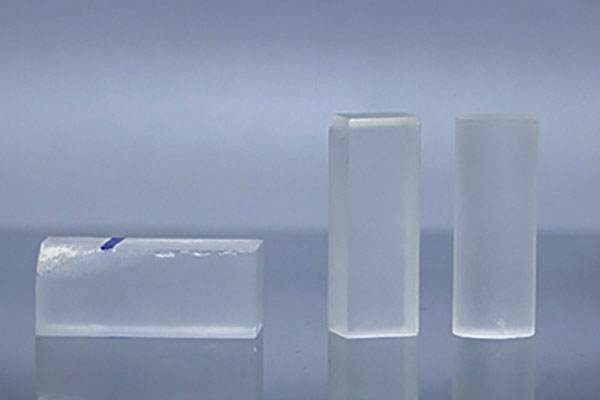
Frequency doubling is used in a wide range of laser systems, including solid-state lasers, semiconductor lasers, and fiber lasers. Solid-state lasers, such as Nd:YAG and Ti:Sapphire lasers, are commonly used in frequency doubling applications due to their high power and spectral purity. Semiconductor lasers are also widely used, particularly in compact and portable systems. Fiber lasers, on the other hand, are typically used for high-power applications due to their efficient heat dissipation and high beam quality.
Advantages of Using BBO Crystals in Frequency Doubling
BBO crystals are highly suited for frequency doubling applications due to their high second-order nonlinear susceptibility, wide transparency range, and good thermal stability. BBO crystals have a high damage threshold, which makes them suitable for high-power laser systems. Additionally, BBO crystals can be easily fabricated and phase matched, which allows for efficient conversion of the input beam to the desired output frequency. The use of BBO crystals in frequency doubling also provides high conversion efficiency, low loss, and a narrow spectral bandwidth.
Applications of BBO Crystal Frequency Doubling in Laser Technology
One of the primary applications of BBO crystal frequency doubling in laser technology is in spectroscopy. Spectroscopy is the study of the interaction between light and matter, and it is used to analyze the composition, structure, and properties of materials. Frequency doubling can be used to generate laser light at new frequencies that are particularly suited for spectroscopy applications, such as Raman spectroscopy and infrared spectroscopy.
BBO crystal frequency doubling is also used in remote sensing applications. Remote sensing involves the detection of light from a distance, and it is used for a wide range of applications, including environmental monitoring and defense. Frequency doubling can be used to generate laser light at wavelengths that are particularly suited for remote sensing applications, such as LIDAR and laser-induced fluorescence.
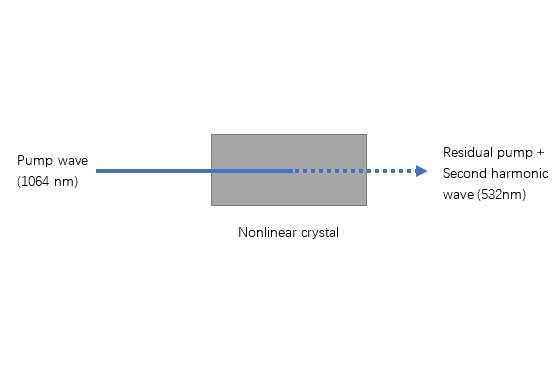
Another application of BBO crystal frequency doubling in laser technology is in medical diagnostics. Laser light at new frequencies can be used for imaging and diagnostic applications, such as optical coherence tomography and fluorescence imaging. BBO crystals are particularly suited for these applications due to their high conversion efficiency, low loss, and narrow spectral bandwidth.
Finally, BBO crystal frequency doubling is also used in material processing applications, such as micromachining and engraving. Frequency doubling can be used to generate laser light at new frequencies that are particularly suited for material processing applications, such as ultraviolet and deep ultraviolet lasers.
Conclusion
In conclusion, BBO crystal frequency doubling is a versatile and widely used technique in laser technology. BBO crystals have several advantages, including high conversion efficiency, low loss, and narrow spectral bandwidth, which make them particularly suited for a wide range of applications, including spectroscopy, remote sensing, medical diagnostics, and material processing. The use of BBO crystals in frequency doubling has revolutionized laser technology and opened up new possibilities for optoelectronic devices.
BBO Crystal Frequency Doubling Quality in Nonlinear Optics
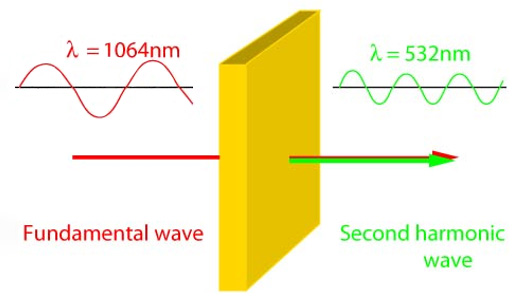
BBO crystals are widely used in nonlinear optics due to their exceptional nonlinear optical behavior. Nonlinear optics is the study of the interaction between light and matter in materials that exhibit nonlinear optical behavior. BBO crystals are particularly suited for nonlinear optics applications, such as second-harmonic generation (SHG), sum-frequency mixing (SFM), and difference-frequency mixing (DFM). In this chapter, we will discuss the applications of BBO crystal frequency doubling in nonlinear optics and the advantages of using BBO crystals for these applications.
Nonlinear Optical Processes
BBO crystals are widely used in nonlinear optical processes due to their high second-order nonlinear susceptibility. Second-order nonlinear optical processes involve the interaction of two photons to produce a new photon with twice the frequency of the input photons. The most common second-order nonlinear optical process that occurs in BBO crystals is SHG, which is used to generate laser light at new frequencies. BBO crystals can also be used for SFM and DFM, which involve the interaction of three or more photons.
Advantages of Using BBO Crystals in Nonlinear Optics
BBO crystals have several advantages that make them highly suited for nonlinear optics applications. BBO crystals have a high damage threshold, which makes them suitable for high-power laser systems. Additionally, BBO crystals can be easily fabricated and phase matched, which allows for efficient conversion of the input beam to the desired output frequency. The use of BBO crystals in nonlinear optics also provides high conversion efficiency, low loss, and a narrow spectral bandwidth.
Applications of BBO Crystal Frequency Doubling in Nonlinear Optics
BBO crystals are widely used in nonlinear optics applications, such as SHG, SFM, and DFM. SHG is used to generate laser light at new frequencies that are particularly suited for spectroscopy and microscopy applications. SFM and DFM are used for a wide range of applications, including frequency combs, quantum information processing, and optical switching.
BBO crystals are also used in nonlinear optics applications for the generation of entangled photon pairs. Entangled photon pairs are a key resource in quantum information processing and quantum communication. BBO crystals can be used to generate entangled photon pairs through a process called spontaneous parametric down-conversion (SPDC).
Finally, BBO crystals are used in nonlinear optics applications for the generation of terahertz radiation. Terahertz radiation is electromagnetic radiation with frequencies between the microwave and infrared ranges. Terahertz radiation has a wide range of applications, including imaging, sensing, and spectroscopy.
BBO crystals can also be used for nonlinear optical microscopy, which involves the use of nonlinear optical processes for imaging applications. Nonlinear optical microscopy techniques, such as two-photon microscopy and harmonic generation microscopy, can provide high-resolution imaging of biological tissues and structures.
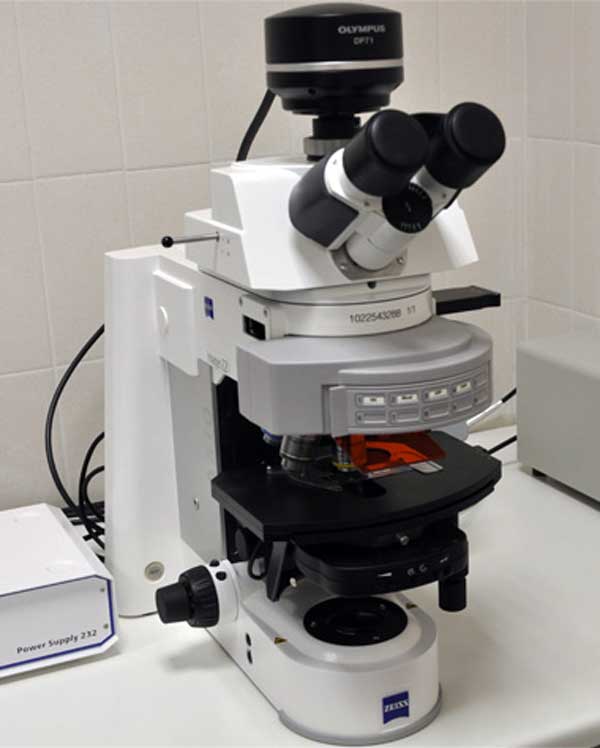
Conclusion
In conclusion, BBO crystal frequency doubling is widely used in nonlinear optics due to the exceptional nonlinear optical behavior of BBO crystals. BBO crystals have several advantages that make them highly suited for nonlinear optics applications, including high conversion efficiency, low loss, and narrow spectral bandwidth. The use of BBO crystals in nonlinear optics has revolutionized the field and opened up new possibilities for optoelectronic devices.

Frank
Frank graduated from the University of Shanghai for Science and Technology, majoring in optics. As a technical engineer at Crylink Company, he deeply understands crystal materials and laser components.
Related Video(s) with this Article
Related Product(s) with this Article
Related Application(s) with this Article

